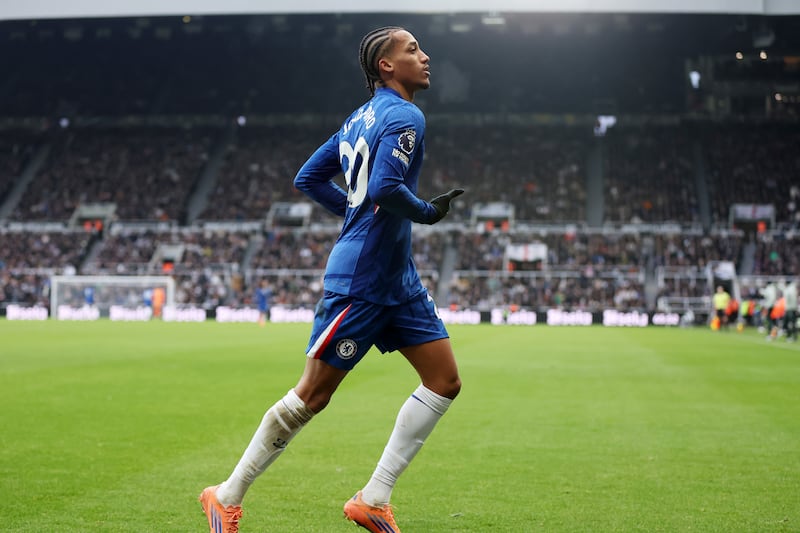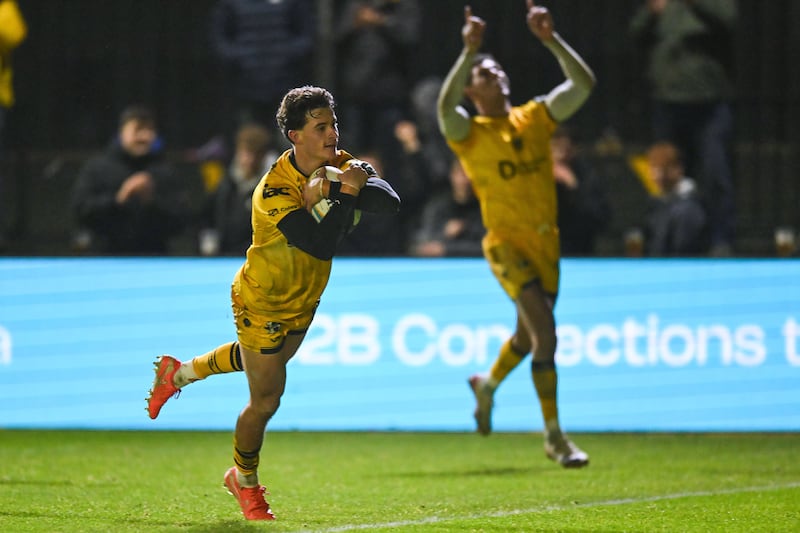It is Belfast’s most affluent suburb. Once a bastion of unionist privilege, the Range Rovers and Saabs parked outside the red brick houses off the Lisburn and Malone roads are now more likely to belong to Catholic barristers and doctors.
When a bilingual street sign was erected for the first time in leafy “BT9″ in April, it was defaced within weeks.
Police treated the incident at Cranmore Gardens as a sectarian hate crime.
A fortnight ago, it happened again.
READ MORE
“It was the talk of the Lisburn Road,” says one resident, who recalls sipping limoncello in a cafe close to Cranmore on the day the Irish language sign was first erected.
“We were sitting at little bistro tables outside and one woman – who is usually very tolerant – compared it to painting kerb stones red, white and blue,” she says. “Another was overheard saying, ‘Well, it won’t do too much for their property prices down there’.”
While Union flags today fly from lampposts on parts of the Lisburn Road, there are “no paramilitary ones”, another resident points out.
Despite the area’s changing demographic – over a century ago Catholics were employed as servants in many of its “big houses” – the middle classes want a “neutral space”, adds the woman, who describes herself as nationalist.
“There has been a tradition here of territory marking and the flags go up; bilingual signs are seen by many people on both sides of the cultural divide as another type of flag waving – even though that shouldn’t be the case, as it’s cultural identity.
“Demographics are changing, but it hasn’t changed to that extent. People here are sensitive – and despite how much we love our language and despite how much that shouldn’t be politicised, they feel it’s provocative,” she says. “We’re not ready for it in BT9.”
Pink staining remains on the Cranmore Gardens nameplate, despite the efforts of council workers to remove the red paint that was sprayed over the Irish language translation.
On one of the hottest days of the year, the avenue is quiet amid traffic gridlock on the long stretch of road in south Belfast. Designer clothes, boutiques and artisan cafes are packed with lunchtime customers.
A professional dog walker bounds down Cranmore, and workmen are renovating one of the detached Edwardian houses, most of which sit behind electric gates and are worth at least £500,000 (€588,000).
A few streets away is Malone Park – nicknamed Little Vatican, it is the city’s most exclusive and only private street – where one house is currently on the market for close to £2 million.
Local resident Philip McConnell approaches when he spots a photographer taking a picture at the corner of Cranmore.
“Hardly democratic, is it?” he says, pointing to the sign.
McConnell is referring to new rules introduced by Belfast City Council which allow one resident in a street or their local councillor to request a consultation for the erection of a bilingual nameplate; a 15 per cent threshold is required before it goes to full council for approval.
The consultation of 124 residents in Cranmore Gardens proved contentious, resulting in a 50/50 split of those who replied. The breakdown showed 35 occupiers were in favour, 35 against and four had no preference either way. Of those residents who received letters through their postboxes, 40 per cent did not engage in the consultation process.
McConnell has lived in the street next to Cranmore Gardens for 30 years and says he is “in no way offended” by the dual language signage.
“I enjoy Irish language and the Irish townland names we have – I’m actually offended that they’re deliberately cast aside in more unionist towns in Northern Ireland. The word Cranmore [An Chrainn Mhóir] itself is from the Irish, meaning ‘big tree’.
“But I can see how it can become a divisive thing,” he adds, “I can see how it could bring a ‘chill factor’ element to the area.”
Hundreds of bilingual signs have been installed across the city since the delayed scheme was finally passed by Belfast City Council two years ago. Unionists fiercely opposed the move, describing it as “cultural branding”.
However, a row broke out in council chambers earlier this year when plans were green-lighted for the installation of 301 signs in the city’s Gaeltacht quarter in west Belfast.
One DUP representative claimed the Irish language had a “traumatising” effect on some constituents, as they associated it with Troubles-era killings. In response, a nationalist councillor said his argument was “beneath contempt”.
For South Belfast SDLP MP Claire Hanna, the concern sparked by the development is “understandable”.
The 44-year-old knows the area well; she grew up in the street next to Cranmore Gardens and now lives a few avenues away. “I do get it. I remember when the application went in for Cranmore, I thought it was going to be a bit contentious,” she says. “But then, when you step through it, how else are you supposed to do this?
“The logic of some arguments is that we can’t do it because some people are sectarian. We have to pretend the Irish language doesn’t exist basically. For what it’s worth, the street I grew up in was one that used to get its kerbs painted red, white and blue.”
Hanna admits her attitude on identity has shifted in recent years.
“Two years ago, if one of my kids had a Gaelic top on and we were going to Forestside (shopping centre), I’d make them change into something else. I don’t any more.
“It wasn’t a subservience; it was just like ‘God, this could be awkward’, so let’s not just do it. For a lot of people, it’s probably an extension of the ‘Don’t talk politics at a dinner party’ sort of stuff,” she says. “Those of us of a certain age here do it, and we just need to wean ourselves off that thinking.”
With an A-level in Irish – Hanna spoke in English and Irish when she took her oath of allegiance to King Charles during her swearing in as an MP in Westminster last month – she dismisses any comparison between bilingual signs and sectarian kerb painting.
“Because there’s no agreed strategy to how to do Irish language street signs here, it has fallen to this street-by-street application,” she says.
“Somebody is going to have to be the early adopters, in five years there’s going to be lots of these.”
She also rejects the idea that signage would impact on house prices, branding it “total bunkum and snobbery”.
[ Irish language needs ‘a national effort’Opens in new window ]
Housing expert Prof Paddy Gray agrees that the perception in middle class “shared spaces” areas is important.
“When you look back at the history of the Troubles in the more upper echelons of society in the North, particularly in places like the Malone Road, there wasn’t really that much trouble,” says the Ulster University academic.
“I don’t think nationalist people living there would be worried about the sight of the Irish language as such, they will be worried about the attraction of negativity to the area, and ‘labelling’ resulting in some sort of violence.
“With hate crime and this type of sectarianism, this is what we would call ‘chill factors’ and were mainly around putting flags up and painting kerbstones. It’s all about perception, it’s all about individual worry.”
Returning from her lunchtime walk, resident Edel Nixon admits that she wasn’t aware that the sign had been defaced.
“It’s disappointing to hear, you’d think we’d moved forward from all that, especially in south Belfast,” she says.
The accountant, who is her 30s, moved from Derry to the area nine years ago.
“My partner is from Dublin, and with our two strong accents, we tend to stick to the more neutral areas. For me, the bilingual street signs are a nice touch. There’s a wee bit of history there, there’s still English and Irish.
“I think it’s more culture than anything else – it’s not putting up a Tricolour.”
- Sign up for push alerts and have the best news, analysis and comment delivered directly to your phone
- Join The Irish Times on WhatsApp and stay up to date
- Listen to our Inside Politics podcast for the best political chat and analysis

















